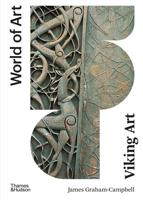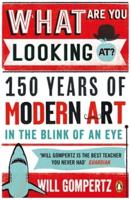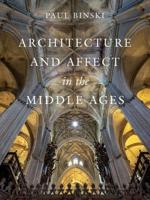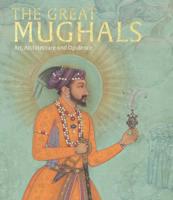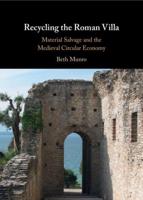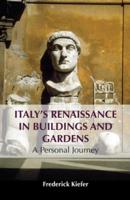Publisher's Synopsis
Cappadocia consists of several regions and has undergone repeated transformations (Strabo, XII, 1, 1). Notwithstanding, Cappadocia did retain some continuity in identity through the ages. History and archaeology both demonstrate the links that Cappadocia had with its neighbours in the Transcaucasus and northern Mesopotamia, all of which together formed a hinge between the Greek and Iranian worlds. The comparative lack of urbanisation explains why the civilisations took time to become established: Iranian, Hellenistic, Greco-Roman, Byzantine and then Turkish. Whereas the currency of the Cappadocian monarchs (302 BCE - 17 CE/AD) might show the transition at the elite level of Hellenic to Roman civilisation, Roman paganism can be characterised by survivals of elements from Hittite mythology.The longlasting popularity of the legend of St Eustathios's vision of Christ appearing to him in the form of a stag, a relic of the cult of the stag from Hittite and Roman Anatolia, is symptomatic of such survivals. The recent discovery of ancient burial sites and monumental tombs in rocky areas known for their churches have reinforced the evidence for continuity between pagan and Christian settlement. In the area of Avanos-Goreme archaeology supports the literary evidence of writers such as Strabo, the Church Fathers and an anonymous Vita of a local saint written in the early sixth century. The very early Christianisation of the province was marked by the establishment of the Armenian Church dependent on Caesarea and the triumph of the Cappadocian Church during the period of the two Gregories and Basil the Great. In the countryside there still remain numerous small churches built between this period and the seventh century. However, the innumerable rock monuments and painted decorations are the principal means for establishing a relative chronology from the sixth century onwards, for filling in the gaps in the imagery of Eastern Christianity, and to evaluate the degree of Byzantine influence in Cappadocian art in the eleventh century. During the early Middle Ages a distinctive Cappadocian art developed which combined Greek and Oriental elements. It is characterised by the Assyrian style of depicting leaves and vines which came from the Sassanids and which is found throughout the Mediterranean, the Transcaucasus and in Omayyad Syria. The intense religiosity of Cappadocia is expressed in images which reflect the debates on Christology of which the last crisis was the Iconoclast controversy. After a gap caused by the Arab wars, new religious buildings multiplied and Cappadocian creativity after the period of the Iconoclast controversy knew no bounds; painters covered subjects as diverse as the Deisis, the Dormition, Transfiguration, the apostles on mission and in judgement, and aspects of the Last Judgement. Many of these images were not followed-up in the Byzantine period even though we can find parallels in the West in Carolingian, pre-Romanesque and Romanesque art, and some Orthodox echoes in paintings from Georgia. At Goreme we know of the powerful Phocas family commissioning the New Church at Tokali kilise (c. 950-960), and in a nearby church a commemoration of their triumph, both of which locations bring to life glorious episodes in the reconquest of lands in Asia.

